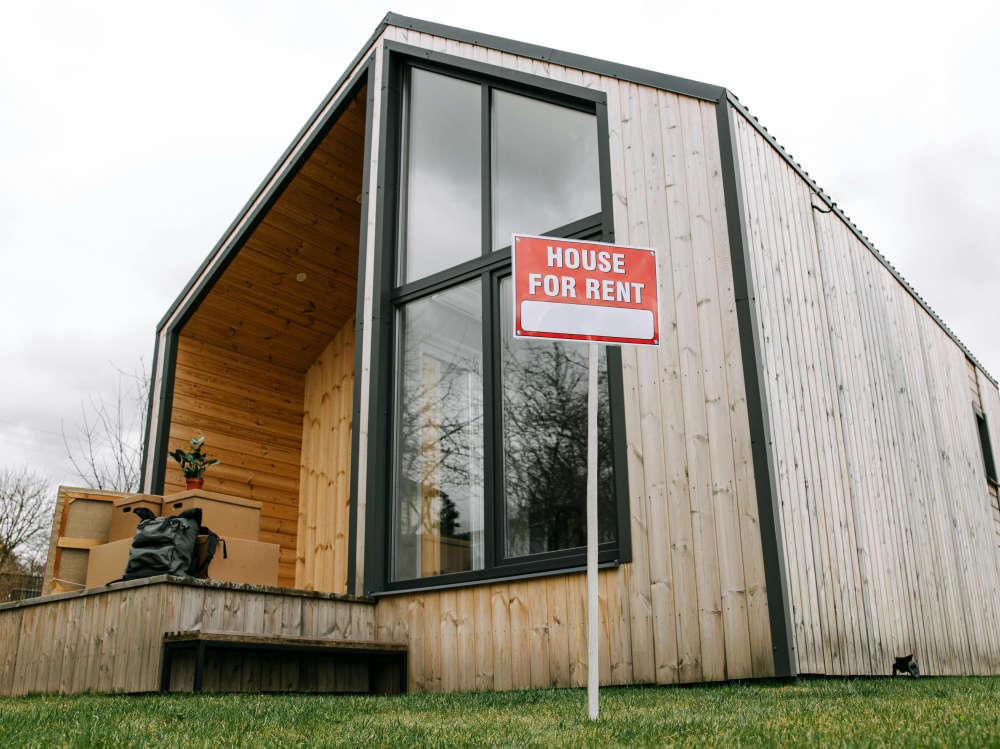Creative Ways Landlords Build Long-Term Wealth
 Property remains one of the most reliable routes to lasting financial security. Unlike more volatile assets, real estate combines steady rental income with the potential for long-term capital appreciation. The most successful landlords, however, do more than simply buy a property and wait for it to rise in value. By using strategic approaches, clever financing and careful planning, they can accelerate growth and create a portfolio that generates wealth for decades.
Property remains one of the most reliable routes to lasting financial security. Unlike more volatile assets, real estate combines steady rental income with the potential for long-term capital appreciation. The most successful landlords, however, do more than simply buy a property and wait for it to rise in value. By using strategic approaches, clever financing and careful planning, they can accelerate growth and create a portfolio that generates wealth for decades.
1. Adding Value and Recycling Capital
A classic wealth-building strategy is to purchase properties with potential for improvement, carry out renovations to increase their market value, and then refinance to release equity. This “buy–refurbish–refinance” method allows investors to recycle their initial capital into new acquisitions without waiting years to build up savings. For example, a landlord might buy a tired two-bedroom flat, upgrade the kitchen and bathroom, and secure a higher valuation that supports a larger mortgage. The released funds can then finance the next purchase, allowing the portfolio to grow more quickly than relying on rental income alone. Successful investors budget carefully, manage refurbishment timelines, and ensure rents will comfortably cover the new mortgage payments before committing.
2. Maximising Rental Yield
Another route to long-term wealth is to improve rental yields. Some landlords achieve this by converting a property into a house in multiple occupation (HMO) where each room is let individually, often producing a higher combined rent than a single tenancy. Others explore short-term or serviced lets, which can generate premium rates in areas with strong tourist or business demand. These models require more active management and must comply with local licensing and safety regulations, but the potential for increased cash flow can significantly boost returns and accelerate mortgage repayment.
3. Leveraging Finance Effectively
Access to the right mortgage product can make or break an investment strategy. Specialist lenders understand the unique needs of landlords and often offer more flexible terms than standard residential mortgages. Mercantile Trust, for example, provides buy-to-let mortgages designed to help investors purchase, refinance or expand their portfolios. Working with a lender experienced in the buy-to-let market can make it easier to release equity, secure competitive rates and manage growth strategically. This level of flexibility is essential for landlords who plan to recycle capital or adjust their borrowing as their portfolio evolves.
4. Structuring for Efficiency
As portfolios grow, landlords often consider holding properties within a limited company or family investment structure. Incorporating can improve tax efficiency by allowing more deductions and potentially reducing personal tax liabilities. Regularly reviewing mortgage terms, considering fixed-rate products and remortgaging when interest rates are favourable can also protect profits and free up funds for further investment. Professional tax and legal advice is essential when choosing the right structure, as the benefits depend on personal circumstances and long-term goals.
5. Diversifying and Partnering
Diversification is another powerful way to build wealth while reducing risk. Some landlords branch out from traditional single-family homes into small commercial units, mixed-use buildings or development projects. Others form joint ventures with partners who bring complementary skills or capital, enabling access to larger or more complex deals. These approaches can open doors to higher yields and different markets, while spreading exposure across multiple asset types.
6. Staying Flexible in a Changing Market
Interest rates, tax rules and tenant demand can all change over time. Successful landlords monitor these shifts closely and remain ready to adapt their strategy. This might involve upgrading properties to meet new energy efficiency standards, selling underperforming assets or switching to different mortgage products when market conditions shift. Maintaining healthy cash reserves and building strong relationships with lenders and advisers provides the flexibility needed to weather economic changes and seize new opportunities.
In conclusion, building long-term wealth as a landlord requires more than patience. By adding value to properties, maximising rental yields, leveraging specialist finance and remaining adaptable to market conditions, investors can create a property portfolio that provides steady income and sustained growth well into the future.



